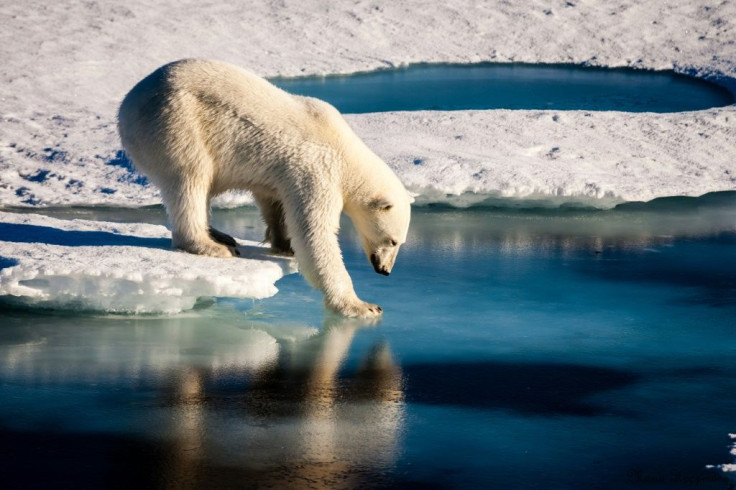International Polar Bear Day: Some Facts About The Ice Bear
International Polar Bear Day is observed every year on Feb. 27 to coincide with the time the polar bear moms and cubs are sleeping in their dens.
The main idea behind observing the day is to raise awareness about the issues faced by polar bears, including the warming Arctic.
Standing up to 12 feet tall and weighing up to 1,600 pounds, polar bears are among the few large carnivores that are still found in roughly their original habitat and range. However, according to the WWF, the number of global polar bears is projected to decline by 30 percent by 2050. The International Union for Conservation of Nature (IUCN) Red List now includes a total of 79,837 assessed species, of which 23,250 are threatened with extinction.
So, as we observe another day to remind ourselves of the need to conserve this precious species, here are some important facts regarding polar bears.
1) Polar bears are not white: Though called the white bear, the polar bear's coat has no white pigment. In fact, a polar bear's skin is black and its hairs are hollow. It appears white to the naked eye because the air spaces in each hair scatter light of all colors. The color white becomes visible to our eyes when an object reflects back all of the visible wavelengths of light, rather than absorbing some of the wavelengths.
2) Female polar bears den: The males of the species sleep, but it cannot be called hibernation as it is not continuous. Only pregnant females den. Unlike hibernation, a polar bear’s heart rate and temperature do not decrease. The denned polar bear does not eat, but relies on her fat reserves to sustain herself and her cubs while in the den.
3) They have a third eyelid: Polar bears have great eyesight, which allows them to see well underwater, even as deep as 15 feet (4.6 meters). They also have a third eyelid or the nictitating membrane, which allows them to see underwater and protects their eyes from blowing snow.
4) They can swim continuously for days: Polar bears are good swimmers and can go continuously for many hours to get from one piece of ice to another. They can also reach a speed of up to 6mph in the water. They use their large paws like a paddle through the water, while holding their hind legs flat like a rudder.
5) Scientists obtained DNA from footprints: The scientists in Sweden recently managed to get the DNA of polar bears from their footprints. According to experts, this could help scientists monitor populations of polar bears in cheaper and less invasive ways. Though the results weren't much detailed, the hope is that the process will be refined quickly.

© Copyright IBTimes 2024. All rights reserved.





















